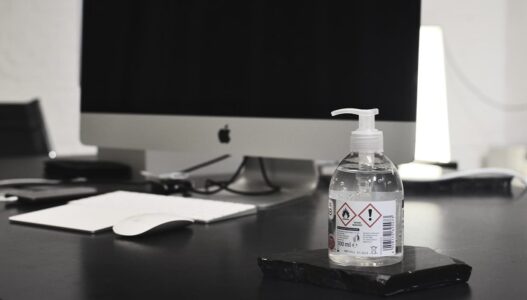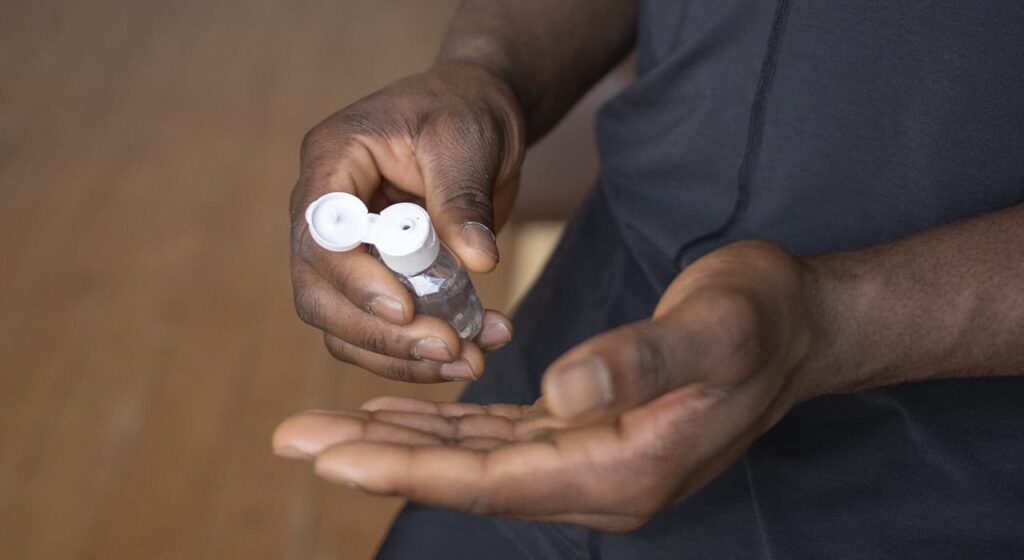Two thousand and twenty brought many new words into our vocabulary: covid, pandemic, #besthouse, sanitizer. Our habits have changed, our behavior has changed. We began to be interested in things that previously left us indifferent. Some aspects of our lives have been radically rethought. For example, questions of personal hand hygiene.
Previously, the issue of personal hand hygiene included three points:
Washing hands before eating.
Washing hands after going to the bathroom.
Washing your hands when you come home.
Hand washing is the most important factor for maintaining hygiene
Why you should do this is clear to everyone and doesn’t need to be explained. In 2020, everyone began to wash their hands first of all more often, and secondly, to complement it with hand sanitizer treatment.
And here arises the most important question of this article – what is a sanitizer and how does it differ from the antiseptic we are accustomed to.
What is the difference between sanitizer and antiseptic?
As it is easy to see, sanitizer is a word borrowed from the English language, like other words like “organizer”. Sanitizer in English means hand sanitizer, usually alcoholic. As you can see, it is practically the same as antiseptic. Why “practically”, you may ask.
The fact is that in ordinary use, sanitizers are used by ordinary people who are not connected with medicine. To increase their sales, the sanitizer manufacturers make various improvements to their product – they add moisturizing and caring components, flavorings and even food colorings to the composition. The product of a sanitizer must be attractive for the customer: attractive and convenient packaging, reasonable packing, special points of sale and, of course, advertising. Most often, sanitizers are called cosmetic products, which, although they are antimicrobial and antiviral, cannot be used for disinfection in medical institutions.
So how does an antiseptic differ from a sanitizer?
Nowadays, antiseptics are commonly referred to as antimicrobial, antiviral and antifungal preparations, usually alcoholic ones, which are used for hand disinfection mainly in the medical sphere. This is the main difference – the scope of application. The fact is that medical antiseptics can be almost identical to sanitizers in composition, but they are quite different in terms of manufacturing and application.
To a large extent, these differences are caused by state requirements for product safety. Manufacturers of antiseptics for medicine have special licenses and permits for production, they buy only proven raw materials. The very process of producing antiseptics for medicine is strictly regulated and controlled by state authorities. Recipe of the product for hand treatment is developed by technologists and scientifically substantiated. In order to guarantee the effectiveness of the antiseptic, clinical trials are necessarily conducted with the issuance of an opinion on behalf of a certified scientific center. Manufacturers of sanitizers, usually classified as cosmetics, do not face so many difficulties. In theory, a sanitizer can be made identical to a medical antiseptic in its properties, but – it is not clear why.
To summarize, we can make the following conclusions:
Sanitizer – usually products for the mass consumer, which to some extent can fight bacteria, viruses, fungi – separately or together. The effectiveness of such preparations is rarely confirmed by the conclusions of serious scientific institutions, and, in fact, this is not required.
Antiseptics are usually a product of specialized application, whose production process and effectiveness are controlled by the state.



